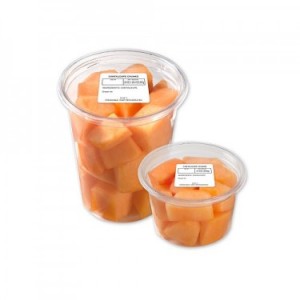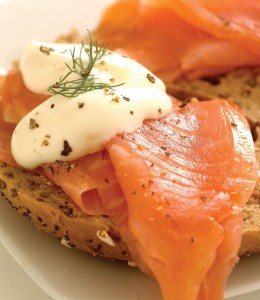Effective cold chain management is a critical component of food safety practice.
 In this study, we examined the impact of commonly encountered temperature abuse scenarios on the proliferation of Salmonella enterica and Listeria monocytogenes on fresh-cut cantaloupe.
In this study, we examined the impact of commonly encountered temperature abuse scenarios on the proliferation of Salmonella enterica and Listeria monocytogenes on fresh-cut cantaloupe.
Inoculated fresh-cut cantaloupe cubes were subjected to various temperature abuse conditions, and the growth of S. enterica and L. monocytogenes was determined.
During 1 week of storage, Salmonella cell counts on fresh-cut cantaloupe increased by –0.26, 1.39, and 2.23 log units at 4°C (control), 8°C, and 12°C (chronic temperature abuse), respectively, whereas that of L. monocytogenes increased by 0.75, 2.86, and 4.17 log units. Under intermittent temperature abuse conditions, where storage temperature fluctuated twice daily to room temperature for 30 min, Salmonella cell count increased by 2.18 log units, whereas that of L. monocytogenes increased by 1.86 log units. In contrast, terminal acute temperature abuses for 2 to 4 h resulted in upwards to 0.6 log unit for Salmonella, whereas the effect on L. monocytogenes was less significant compared with L. monocytogenes on cut cantaloupe stored at 4°C. Significant deterioration of produce visual quality and tissue integrity, as reflected by electrolyte leakage, was also observed under various temperature abuse conditions.
Growth of Salmonella enterica and Listeria monocytogenes on fresh-cut cantaloupe under different temperature abuse scenarios
Journal of Food Protection®, Number 6, June 2015, pp. 1064-1243, pp. 1125-1131(7), DOI: http://dx.doi.org/10.4315/0362-028X.JFP-14-468
Huang, Jingwei; Luo, Yaguang; Nou, Xiangwu
http://www.ingentaconnect.com/content/iafp/jfp/2015/00000078/00000006/art00009








